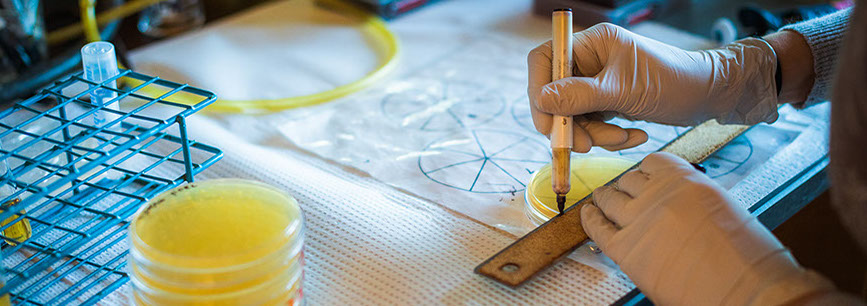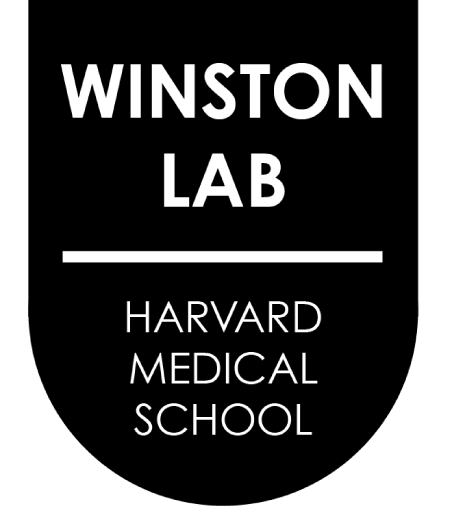
OUR RESEARCH
A critical step in eukaryotic gene regulation is the control of transcription across the chromatin template. While transcription has been extensively studied for many years, there are still many mysteries regarding its function and regulation. Furthermore, in humans, when transcription is aberrant, it can often lead to different diseases, including cancer. Transcription was once thought to occur primarily over open reading frames to produce mRNAs. However, it is now known to be pervasive, also occurring on antisense strands and in intergenic regions. While some of this transcription has been shown to play regulatory roles, the function of most transcription is poorly understood.
Our lab studies eukaryotic transcription and chromatin structure using yeast as a model system. Yeast is an excellent model system, as there is extensive conservation between yeast and humans. In addition, by studying yeast one can use powerful genetic approaches that are not possible in larger eukaryotes. For example, high-resolution genetic screens and selections can be performed to study any aspect of gene regulation. In addition, any desired DNA sequence changes can be made in the yeast genome and its consequences analyzed, allowing rigorous in vivo analysis.
Furthermore, the small yeast genome facilitates many types of genome-wide, deep-sequencing approaches, including those used to measure mRNA levels (RNA-seq), nucleosome positions (MNase-seq), and the binding of transcription factors (ChIP-seq). The small genome size of yeast, coupled with the ability to make genomic changes, also allows the study and elucidation of complex traits. Finally, as unicellular eukaryotes, yeast cells are valuable for the biochemical analysis of protein complexes and post-translational modifications.
In our lab, we use all of these approaches to understand different aspects of transcriptional control and chromatin structure. One focus of our studies is on the control of the integrity of transcription by a conserved factor named Spt6. Spt6 is essential for viability in both yeast and human cells, and it interacts directly with both RNA polymerase II and with histones to control transcription and chromatin structure. We have shown that Spt6 plays a central role in the regulation of antisense transcription across the genome. Furthermore, we have shown that in yeast spt6 mutants, transcription initiates from hundreds of intragenic promoters throughout the genome.
Our results suggest that these promoters may be activated under particular growth conditions to produce altered proteins. Additional projects focus on other conserved and essential factors that control transcription, chromatin structure, and histone modifications, as well as on newly discovered classes of transcripts and their roles in regulation. Given the strong functional conservation throughout eukaryotes, what we learn in yeast should be directly relevant to understanding the regulation of gene expression in humans.
